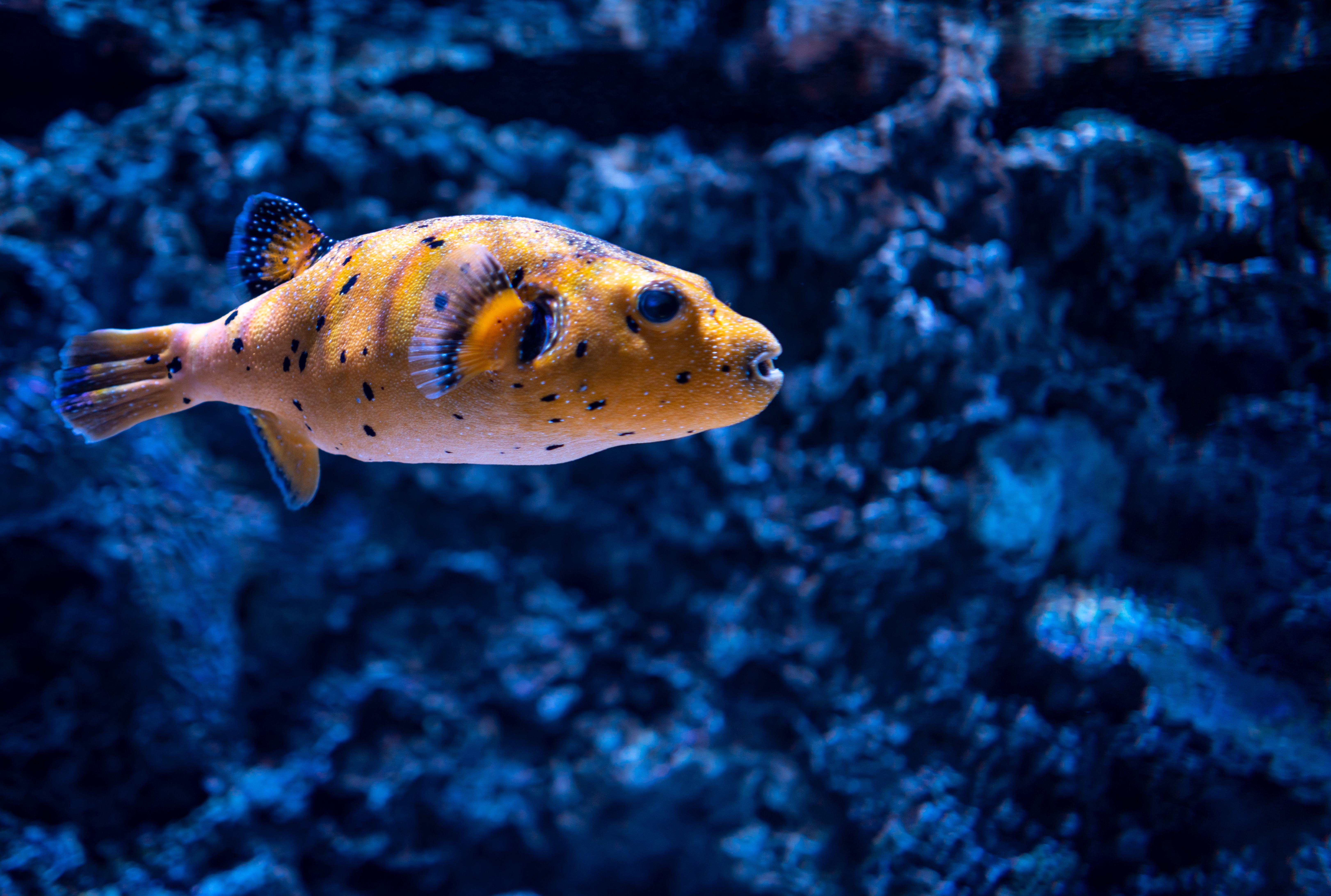From Reef to Release: How Tag Readers Help Track Fish Migration

Strong 8k brings an ultra-HD IPTV experience to your living room and your pocket.
Have you ever wondered how scientists know where fish go when they vanish from coral reefs or coastal waters? It’s not magic — it’s technology. More specifically, it’s tag readers, the unsung heroes of marine research.
In a world where ocean life faces rising threats — from climate change to overfishing — tracking fish migration isn't just a fascinating pursuit; it's a necessity. Understanding how fish move through the ocean helps researchers protect ecosystems, ensure sustainable fishing practices, and conserve endangered species. At the center of this mission is a small yet powerful tool: the tag reader.
Let’s dive deep into how this tech is changing marine biology — one fish at a time.
Why Track Fish Migration?
Fish aren't static creatures. Many species travel vast distances across oceans to breed, feed, or escape environmental stress. Take the Atlantic bluefin tuna, for example — it travels thousands of miles annually between the Gulf of Mexico and the Mediterranean Sea. Even smaller fish, like snapper or salmon, follow seasonal patterns that affect entire marine food webs.
Knowing where fish go, when, and why can:
- Inform marine protected areas (MPAs)
- Help manage fisheries sustainably
- Predict ecosystem shifts caused by climate change
- Detect early signs of disease outbreaks
- Preserve species diversity and breeding grounds
But tracking fish through open water isn’t easy. That’s where tag readers come in.
What Is a Tag Reader?
A tag reader is a device that detects and records signals from tracking tags placed on fish. Think of it like a toll booth on a highway: whenever a tagged fish passes by, the reader picks up the signal, logs the time and location, and transmits that data to researchers.
There are different kinds of tag readers, each designed for specific environments:
- Passive acoustic tag readers: These detect signals from tags using underwater hydrophones.
- Satellite tag readers: Often mounted on buoys or attached to large animals like sharks, they send data via satellite.
- PIT (Passive Integrated Transponder) tag readers: Used in rivers and hatcheries, these require the fish to pass very close for detection.
Once the data is collected, scientists analyze migration routes, behavior patterns, and changes in movement linked to environmental conditions.
From Reef to Release: The Lifecycle of a Tagged Fish
The journey begins on a reef, a mangrove, or an estuary where marine biologists capture the fish carefully using nets or traps. Once the fish is measured and assessed, a tag is surgically implanted or externally attached.
This tag emits a unique code — like a digital name tag — that the tag reader can identify. After recovery, the fish is released back into the wild.
Over time, the fish passes through zones equipped with underwater tag readers, like a series of invisible checkpoints. The more tag readers in a region, the more accurate and complete the migration map becomes.
Some tracking projects even span years, helping scientists observe long-term trends. This allows for more adaptive management strategies, especially for migratory species whose patterns are shifting due to warming oceans.
Real-World Example: Great Barrier Reef Research
In Australia, researchers have deployed over 3,000 tag readers across the Great Barrier Reef to monitor species like coral trout and reef sharks. These systems log over 100 million detections a year, offering granular insight into fish movement in response to seasonal changes, coral bleaching events, and fishing pressure.
The findings helped identify no-take zones, refine reef conservation efforts, and even guide tourism practices. Without tag reader systems, such detailed data would be nearly impossible to gather.
The Business Behind It: Who Uses Tag Readers?
While marine biologists and conservationists are the most obvious users, the reach of tag reader technology extends far beyond research:
- Fisheries and Aquaculture: Helps in stock assessment and identifying overfished zones
- Environmental NGOs: Uses data to advocate for policy change
- Governmental Marine Authorities: Supports law enforcement and marine zoning
- Private Tech Companies: Innovate newer, more compact, and longer-lasting tags and readers
This growing ecosystem of hardware and software manufacturers has turned fish tracking into a multi-million-dollar industry. As demand rises, so does the innovation.
Benefits That Ripple Across Oceans
- Better Conservation:
Tag data helps identify critical habitats like spawning grounds and feeding zones. By protecting these areas, we can support fish populations before they decline.
2.Safer Seafood Supply:
By monitoring overfished zones, fishery managers can make science-based decisions about quotas and seasonal closures
3. Climate Monitoring:
Some tag readers also log environmental data — temperature, salinity, depth — which gives climate scientists valuable insights into ocean health.
4. Real-Time Alerts:
In high-tech systems, tagged fish can even trigger alerts when entering restricted zones, helping fight illegal fishing or monitor invasive species.
Challenges and Limitations
No technology is perfect. Tagging and tracking come with hurdles:
- Cost: Tagging programs can be expensive, with some high-end satellite tags costing over $5,000 each.
- Tag Shedding: Fish can lose their tags due to stress or interaction with other animals.
- Coverage Gaps: In remote oceans or deep sea, tag reader coverage is sparse.
Despite these issues, advances in battery life, miniaturization, and AI-driven analytics are closing these gaps every year.
The Future of Tag Reader Technology
We're moving toward a smarter ocean. Future tag reader systems may integrate machine learning to predict migration before it happens. Researchers are also testing solar-powered floating readers that can roam the sea like autonomous fish detectives.
And with growing public awareness, citizen science initiatives are encouraging recreational fishers to participate in tagging programs — making ocean tracking more collaborative than ever.
Final Thoughts
From coral reefs teeming with color to the open blue where giants roam, fish migrations tell the story of life beneath the waves. Thanks to the humble tag reader, we now have the tools to listen to that story — and act on what we learn.
These technologies not only unlock the mysteries of the sea but also shape policies, preserve ecosystems, and secure our seafood supply for the future.
In short, tag readers are more than machines — they’re the ocean’s storytellers, giving voice to the creatures that can't speak for themselves.
If you're in marine tech, research, or fisheries management, investing in a tag reader system could be the smartest decision you make. After all, when it comes to ocean health, knowledge isn’t just power — it’s protection.
Interested in tagging systems or looking for solutions for your marine project? Let’s talk.
Note: IndiBlogHub features both user-submitted and editorial content. We do not verify third-party contributions. Read our Disclaimer and Privacy Policyfor details.







